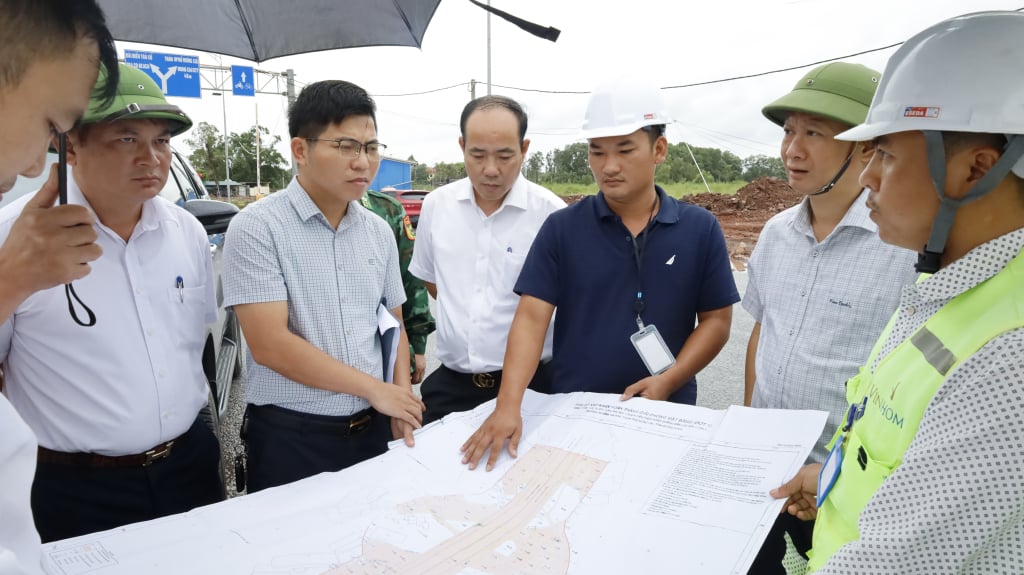
Immediately after the plan was issued, departments, branches and 54 communes, wards and special zones in the whole province joined in. By the end of September, the Provincial Land Registration Office (Department of Agriculture and Environment) coordinated with Quang Ninh Telecommunications to quickly complete the conversion of the list of administrative unit codes according to the 2-level model; and create a list of converted plot numbers from the 3-level model to the 2-level model. This is an important technical step, creating a foundation for land data across the province to be standardized, unified and interconnected.
In localities, Steering Committees and working groups have been established, and propaganda and mobilization of people to participate have been stepped up. As of October 1, the whole province has collected and cleaned data of about 130,000 land plots, more than 12,500 land users have provided records and citizen identification cards for digitization, and over 12,600 records have been processed.
Notably, in many localities such as Mong Cai 1 ward, Uong Bi ward, Bai Chay ward, Ha Lam ward... the campaign was implemented methodically, with close coordination between the ward People's Committee, police, land registration office and mass organizations. The police force plays a key role in comparing population data (VNeID) with land records, ensuring accuracy and eliminating duplication. Working groups go to each residential area, directly guiding people to declare and submit documents, contributing to speeding up the progress.
Ms. Bui Thi Huyen Trang, Chairwoman of Ha Lam Ward People's Committee, said: The campaign only lasts for 90 days, but the task is extremely large as we not only have to clean up the entire land database that has been formed through many stages, but also have to digitize and update a large volume of land use right certificates that have not been entered into the system.
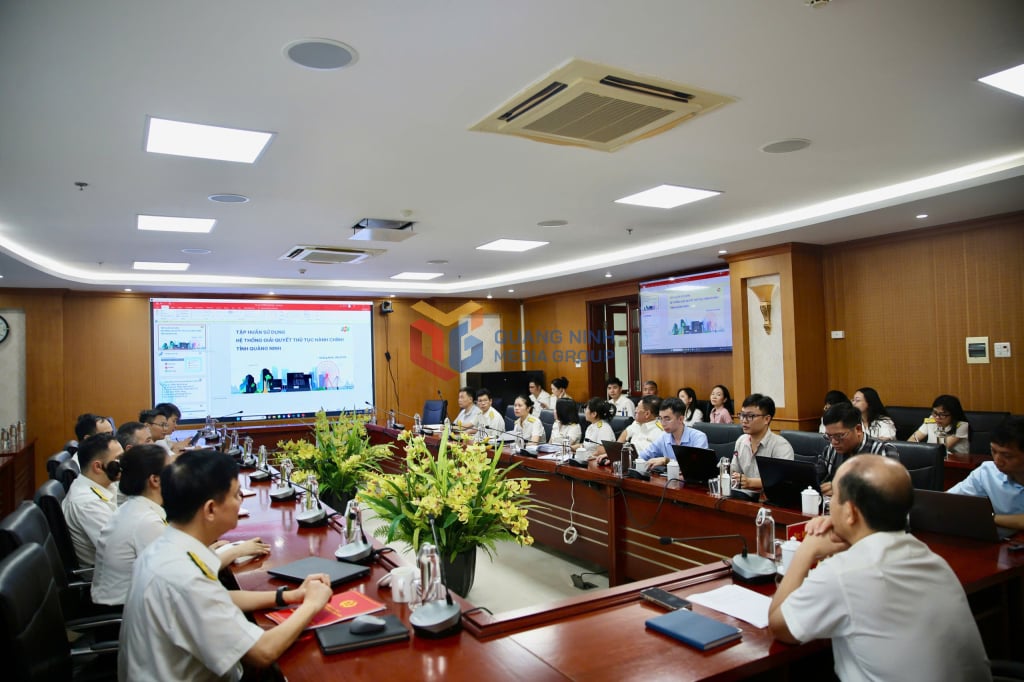
In many other localities, difficulties have also arisen during the implementation process, such as discrepancies and errors between paper records and digital data. Many certificates have been issued for a long time, and the information is no longer consistent; in some cases, there is even a lack of legal basis or disputes. Collecting and standardizing data in such conditions requires extreme caution to avoid future complaints. Meanwhile, there are few land and construction officials, who have to do many jobs and have not received in-depth training in information technology and data digitization processes. When discrepancies between land use right certificates and digital maps are discovered, commune-level officials find it difficult to determine how to handle them and must wait for instructions from superiors. Not to mention that a number of people have not yet cooperated, are slow to provide documents, records, or have incomplete, lost, or torn documents.
Mr. Tran Manh Hung, Chairman of Bai Chay Ward People's Committee, said: The implementation of the campaign has long-term strategic significance. When Quang Ninh's land database meets the five criteria of "correct, sufficient, clean, living, unified, shared", it will create a breakthrough in administrative reform, improve the quality of public services and increase transparency in management. For people and businesses, the immediate benefits are that land procedures will be faster and more transparent; transfer, inheritance, mortgage, and bank loan transactions will be conducted smoothly, minimizing legal risks. The legitimate rights of land users are guaranteed thanks to clear and unified data. Therefore, we will focus on mobilizing human resources and promptly removing arising obstacles to contribute to the completion of the campaign.
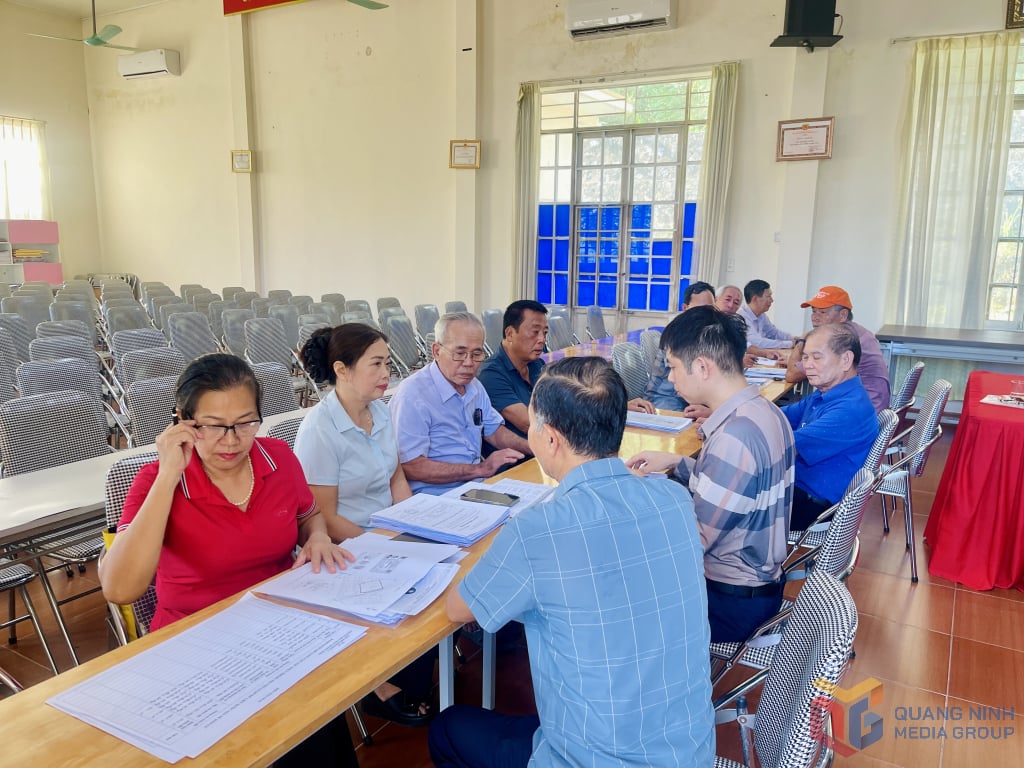
Implementation at the grassroots level shows that, in addition to the strong participation of the political system, the participation and consensus of the people are key factors. Therefore, communes, wards and special zones need to strengthen propaganda work, explain benefits and guide people to provide documents. The reception of documents also needs to be organized in a way that is both convenient and creates an atmosphere of urgency, helping the campaign spread strongly, creating momentum from the grassroots level.
The land data cleaning campaign is not simply a 90-day technical task, but a strategic step for Quang Ninh on its journey to modernize state management. When land data is standardized and operated effectively, the province will have a solid foundation to deploy online public services, build smart cities and attract investment for sustainable development.
According to the plan, the campaign to enrich and clean up the national land database in the province will start from September 8, 2025 to November 30, 2025. The campaign will review and clean up the entire land database that has been built over time in 54/54 communes, wards, and special zones; collect, digitize, and create data for certificates that have been issued but the database has not been built.
Agencies, units, and localities complete existing land databases to ensure they are correct, complete, clean, and alive; build residential land and housing data for places where databases have not yet been built; synchronize, connect, and share unified, common land databases; manage and operate land databases and online public services.
Source: https://baoquangninh.vn/tang-toc-trien-khai-chien-dich-lam-sach-du-lieu-dat-dai-3378487.html



![[Infographic] Notable numbers after 3 months of "reorganizing the country"](https://vphoto.vietnam.vn/thumb/1200x675/vietnam/resource/IMAGE/2025/10/4/ce8bb72c722348e09e942d04f0dd9729)
![[Photo] Students of Binh Minh Primary School enjoy the full moon festival, receiving the joys of childhood](https://vphoto.vietnam.vn/thumb/1200x675/vietnam/resource/IMAGE/2025/10/3/8cf8abef22fe4471be400a818912cb85)





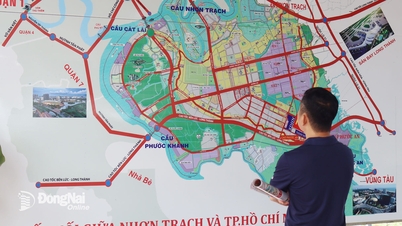

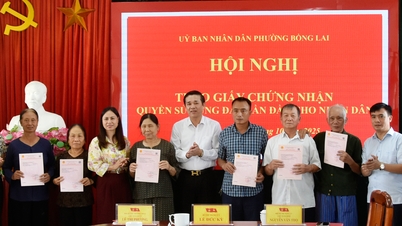






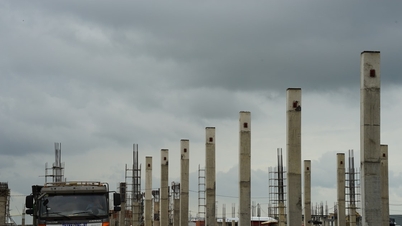







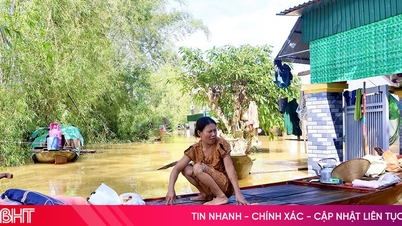








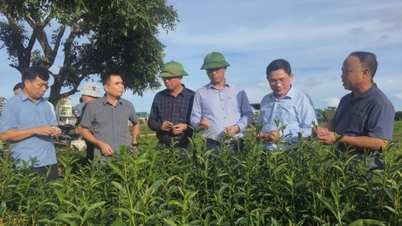
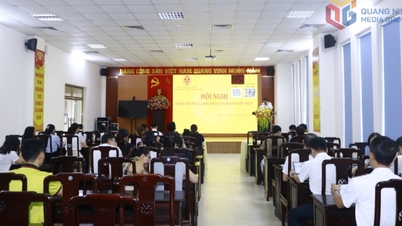
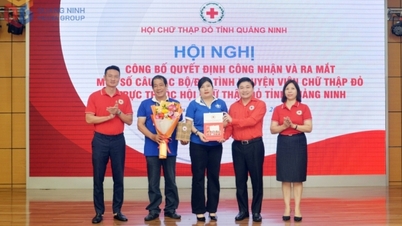
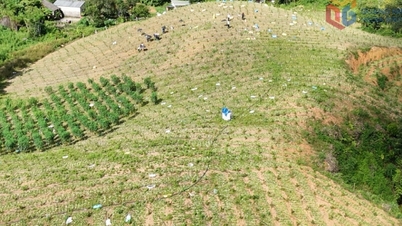

![[Photo] Prime Minister Pham Minh Chinh chairs meeting to deploy overcoming consequences of storm No. 10](https://vphoto.vietnam.vn/thumb/1200x675/vietnam/resource/IMAGE/2025/10/3/544f420dcc844463898fcbef46247d16)











































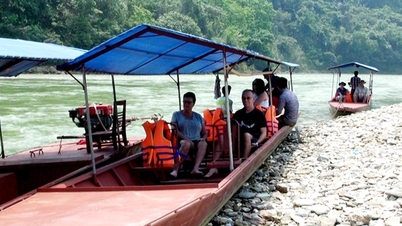









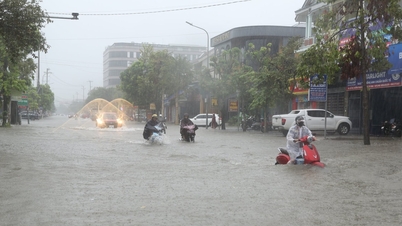

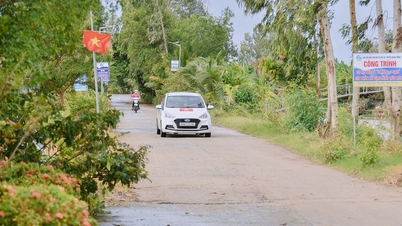

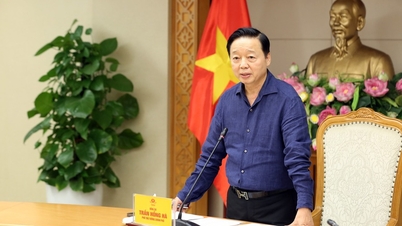

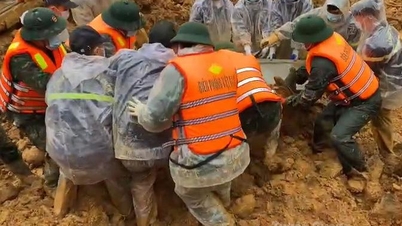

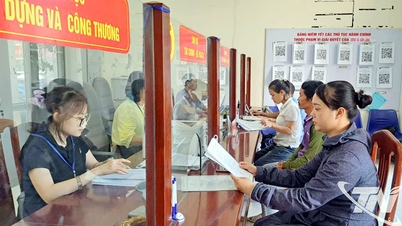













Comment (0)